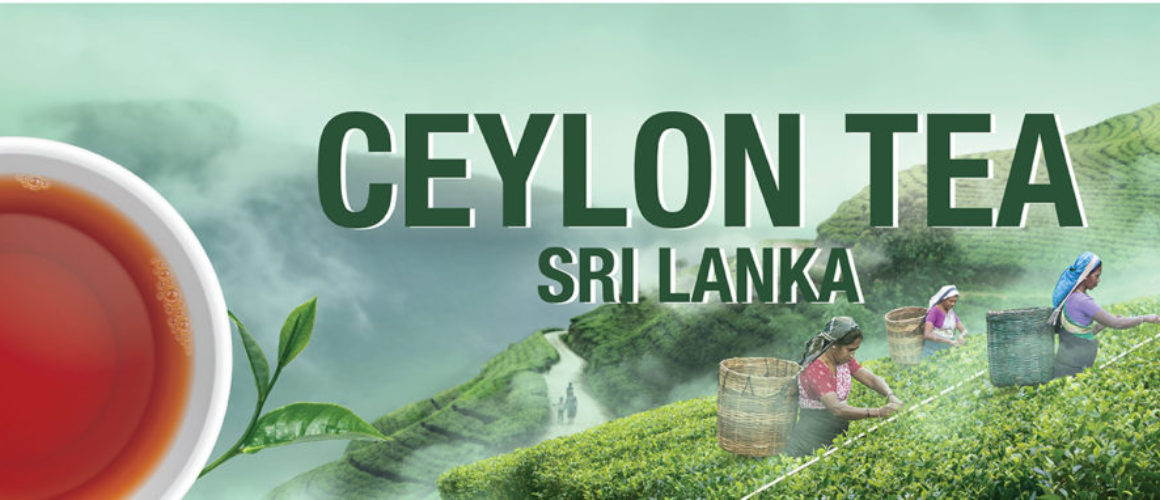Rise in global tea consumption and production will improve food security in Sri Lanka – FAO report
Being the producer of world renowned generic tea brand “Ceylon Tea”, Sri Lanka is focusing heavily on Tea quality and sustainability.
According to a new report released Monday by the United Nations Food and Agriculture Organization (FAO) global tea consumption and production are projected to keep rising over the next decade.
The rise, driven by robust demand in developing and emerging countries will create new rural income opportunities and improve food security in tea-producing countries, including Sri Lanka, according to the FAO report, which was discussed by the FAO Intergovernmental Group (IGG) on Tea, at its biennial meeting in Hangzhou, China.
The report suggests that tea consumption has also benefited from increased awareness about the beverage’s anti-inflammatory, antioxidant and weight loss effects. Such health and wellbeing benefits are seen as the key drivers of future consumption growth.World production of black tea is projected to rise annually by 2.2 percent over the next decade to reach 4.4 million tonnes in 2027, reflecting major output increases in China, Kenya and Sri Lanka – with this China would reach the output levels of Kenya, the largest black tea exporter in the world.
The Ceylon tea industry showed its greatest year-on-year crop shortfall in recent times, as the subsector faces various challenges due to severe weather conditions, coupled with government restrictions on fertilizer subsidies, the report said. However, crop shortfalls in 2015 and 2016, recovered in 2017.
Black tea consumption is projected to grow at 2.5 percent annually to reach 4.17 million tonnes in 2027, reflecting the strong growth in consumption in producing countries. Moderate growth rate of 3.3 percent is expected in Sri Lanka.
Black tea exports are projected to reach 1.66 million tonnes in 2027. However, Asia’s exports growth rates are negative, except for Vietnam (2.6 percent), with an average decline of 0.7 percent. However, by 2027, export volumes for Asia are projected to reach 840,623 tonnes while major exporting countries are expected to remain the same, with Kenya being the largest exporter followed by India, Sri Lanka, Argentina, Vietnam, Uganda , Tanzania, Rwanda, Malawi, and China.
The review of the world tea market indicates a 2.2 percent increase in trade volumes in 2016, resulting in an estimated 2.8 percent decline in export earnings to USD 5.46 billion at the global level.
However, the export revenues contributed significantly to financing the food import bills of tea exporting countries. In Sri Lanka export earnings of USD 1.63 billion financed 63.8 percent of Sri Lanka’s food import bills in 2014.
The IGG report also warns that tea production is highly sensitive to changes in growing conditions. Tea can only be produced in narrowly defined agro-ecological conditions and, hence, in a very limited number of countries, many of which will be heavily impacted by climate change.
The report argues that the decline in tea consumption in the traditional European markets could be stalled or even reversed by diversifying into other segments, such as organic and specialty teas, and by promoting their health and well being benefits.
About Ceylon Tea
It was during the British era that tea first began to be cultivated and manufactured here. Tea from Ceylon soon gained the reputation of being the finest in the world, and tea exports became the mainstay of the colonial economy. Housewives and restaurateurs across the globe grew familiar with the name of the country, learning that its appearance on a tin or packet reliably guaranteed the quality of the tea inside. Independence brought new markets, and production continued to increase. In 1965 Ceylon became, for the first time, the world’s largest exporter of tea(http://www.pureceylontea.com/index.php/features/why-ceylon-tea)



